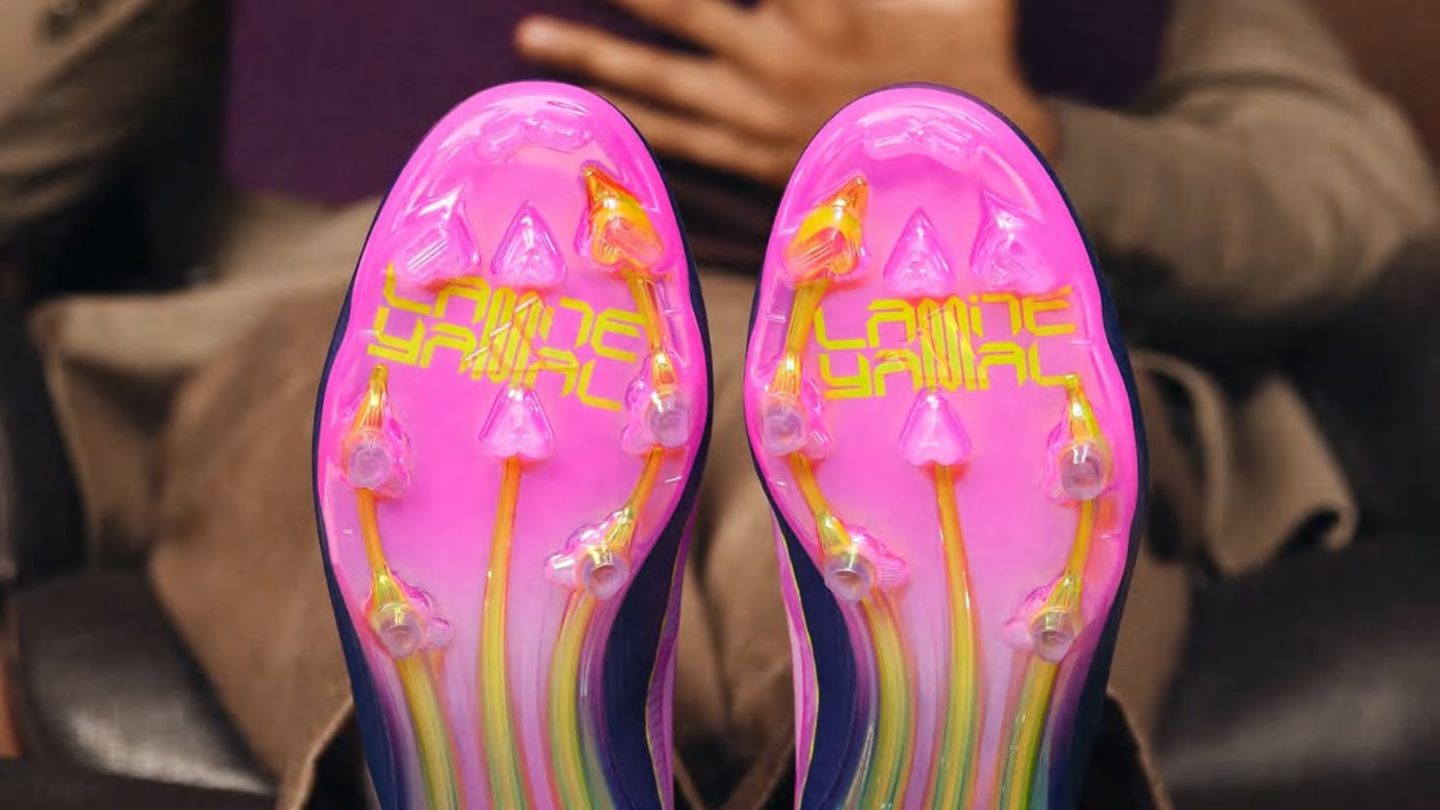Sports
adidas drop new Lamine Yamal signature F50 boots in vibrant pink

adidas have once again teamed up with Barcelona’s teenage superstar Lamine Yamal to launch the second edition of his signature boots – a personalised take on the iconic F50s.
Arriving in a bold mix of vibrant pink and purple with neon lemon detailing, the boots are every bit as eye-catching as Yamal’s dazzling performances on the pitch.
The iconic Three Stripes fade smoothly from white into pink, while light pink and lilac snakeskin-style graphics cover the upper. A solid purple heel and matching soleplate tie it together, with Yamal’s name standing out in bright yellow under a clear finish.
The release also marks a milestone moment with the debut of Yamal’s official logo.
Inspired by his Rocafonda roots in Zone 304, the bold square-shaped design fuses his initials “LY” with the final digits of his neighbourhood’s postal code, reflecting his identity and connection to Mataró.
Drawing inspiration from classic F50 silhouettes but reimagined with modern flair, the boots make one thing clear: this isn’t just another drop – it’s a statement. World football’s brightest young talent has arrived, and he’s here to stay.
The adidas x Lamine Yamal F50 boots are available now via adidas’ official store and select global retailers.
READ THE LATEST FASHION, CULTURE AND LIFESTYLE CONTENT FROM 90MIN









